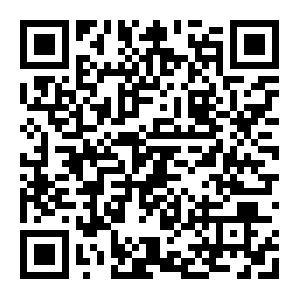沉积盆地地震-层序地层学研究辅助系统─Ⅰ
-
摘要:
笔者近几年在柴达木、准噶尔、鄂尔多斯、华北和南宁等盆地从事地震地层学和层序地层学研究工作中,建立了“沉积盆地地震─层序地层学研究辅助系统”(ASeismic─Sequence Stratigraphy Supplementary System of Sedimentary Basins,简称4S)。4S由三大区块组成,即勘探信息数据库,数据综合分析处理与建立定量模型和模型展开并平面、二维及三维成图。4S是一个由4万余条源语句组成的微机软件系统,能够对含油气盆地的地表地质、地震、钻井测井、样品分析测试等数据进行综合分析处理,定量研究目标层序的沉积相,沉积体系,古水流方向,烃类和生储盖层分布预测,沉积体系二维地层模型的地展模拟,沉积层序三维水平切片及其表面地貌形态成像等许多地震─层序地层学所涉及的问题。4S所使用的数据种类和目标结果都不同于目前各种地震资料解释专用系统和盆地模拟系统,并且具有所需设备简单,便于普及和能够解决多种基础地质问题等特点。
Abstract:笔者近几年在柴达木、准噶尔、鄂尔多斯、华北和南宁等盆地从事地震地层学和层序地层学研究工作中,建立了“沉积盆地地震─层序地层学研究辅助系统”(ASeismic─Sequence Stratigraphy Supplementary System of Sedimentary Basins,简称4S)。4S由三大区块组成,即勘探信息数据库,数据综合分析处理与建立定量模型和模型展开并平面、二维及三维成图。4S是一个由4万余条源语句组成的微机软件系统,能够对含油气盆地的地表地质、地震、钻井测井、样品分析测试等数据进行综合分析处理,定量研究目标层序的沉积相,沉积体系,古水流方向,烃类和生储盖层分布预测,沉积体系二维地层模型的地展模拟,沉积层序三维水平切片及其表面地貌形态成像等许多地震─层序地层学所涉及的问题。4S所使用的数据种类和目标结果都不同于目前各种地震资料解释专用系统和盆地模拟系统,并且具有所需设备简单,便于普及和能够解决多种基础地质问题等特点。
-
[1] 1 王多云等,1992.利用最大摘谱分析进行等时沉积序列的相关性对比.沉积学报,10卷2期.62-68页。
2 王多云等,1992,准嘴尔盆地抽气地质稼合研究.兰州:甘南科学技术出版社,145-156页。
3 王多云等,1992,准嘴尔盆地油气地质缘合研究,兰州:甘庸科学技术出版社,300-307页。 -

 点击查看大图
点击查看大图
计量
- 文章访问数: 647
- HTML全文浏览量: 75
- PDF下载量: 343
- 被引次数: 0




 下载:
下载:

